How to deal with unexpected testimony on direct examination -Part 1 – Refreshing Recollection
You call your last witness and things are going great. A verdict in your client’s favor will be soon to follow. All you have to do is establish that there was moonlight. 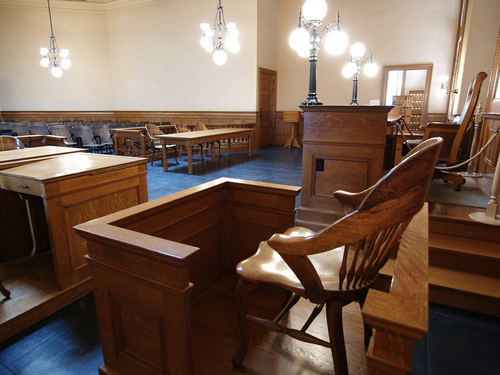
Counsel: Was there moonlight at the time you saw the accident?
Opposing Counsel: Objection. Leading and lacks foundation.
Court: Overruled.
Witness: It was the sun.
Counsel: Are you sure?
Opposing Counsel: Objection. Asked and answered and leading.
Court: Sustained.
The witness had previously said there was moonlight. Invariably, your next question is “didn’t you testify that” and before you can finish the question your adversary stands up and objects. The objection is sustained followed by deafening courtroom silence. Before you say another word, you need to decide whether the witness: (1) forgot that there was moonlight or; (2) believes it is the sun.
• Rule 612 •
If you decide your witness has made a mistake as a result of poor memory, you merely need to follow Rule 612 of the Federal Rules of Evidence and refresh the witness’s recollection in this order:
1. Establish that the witness’s memory is exhausted on the specific issue or event.
You: Do you remember whether or not there was moonlight?
2. Establish that the witness’s memory may be refreshed by a specific document.
You: Would your memory be helped by reading the signed statement you gave to the police an hour after the accident?
You: Your Honor, if I may, I’d like to mark this as Exhibit X. Showing opposing counsel Exhibit X.
3. Give the witness the document.
You: I’m giving you your signed statement. Please read the third paragraph to yourself.
4. Allow the witness to review the document.
You: Have you had a chance to read the signed statement you gave to the police immediately following the accident?
5. Ask the witness if her memory has been refreshed.
You: Is your memory refreshed regarding the accident?
6. Take the document away from the witness.
You: May I have Exhibit X, Witness. Thank you.
7. Pause and ask your original question again.
You: Now, Witness. Was there moonlight at the time of the accident?
Witness: YES! Absolutely. I’m sorry, I got nervous and forgot.
Now that the witness has reviewed her statement, she apologizes to the jury for her mistake, smiles in embarrassment and is completely forgiven by the jury. The moon is bright and your client’s case is back on track. Don’t wait for re-direct/rehabilitation since a strong advocate would not ask a single question on cross.
Part II next week. Impeachment on Direct.

 • a member of the English gentry ranking below a knight, or
• a member of the English gentry ranking below a knight, or not have a fiefdom in the States let alone Great Britain. I decided that I needed to stop referring to myself in such a manner or I might violate the Code of Chivalry. I saw Braveheart and did not want to be on the
not have a fiefdom in the States let alone Great Britain. I decided that I needed to stop referring to myself in such a manner or I might violate the Code of Chivalry. I saw Braveheart and did not want to be on the 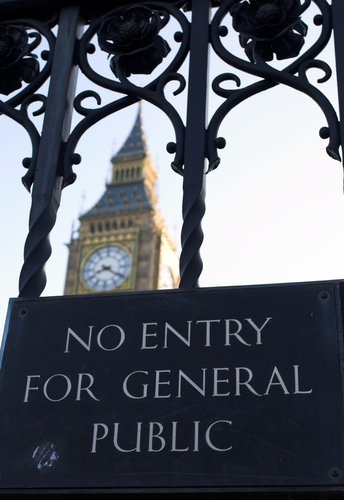 I was about to start a deposition at Stained Glass Factory located somewhere between Syracuse and Utica. The owner of the factory decided he wanted to sit in on the deposition of one of his employees. As a new associate, my knee-jerk response was to exclude the owner since he may influence the employee’s answers to my questions. I quickly decided that the owner could attend the deposition since his company was a party in the case. I created a record and explained that the witness’s boss was present in the room and asked whether the employee was concerned about her job. My instinct that the owner could be present was right, but for the wrong reason.
I was about to start a deposition at Stained Glass Factory located somewhere between Syracuse and Utica. The owner of the factory decided he wanted to sit in on the deposition of one of his employees. As a new associate, my knee-jerk response was to exclude the owner since he may influence the employee’s answers to my questions. I quickly decided that the owner could attend the deposition since his company was a party in the case. I created a record and explained that the witness’s boss was present in the room and asked whether the employee was concerned about her job. My instinct that the owner could be present was right, but for the wrong reason. 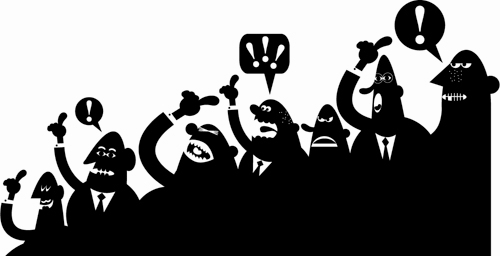 b of pensioners with pitchforks and torches? Make a record. Confer with opposing counsel and, if there is no remedy, you and your client should walk out.
b of pensioners with pitchforks and torches? Make a record. Confer with opposing counsel and, if there is no remedy, you and your client should walk out. 
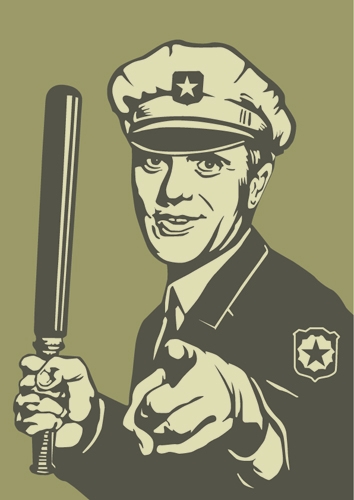
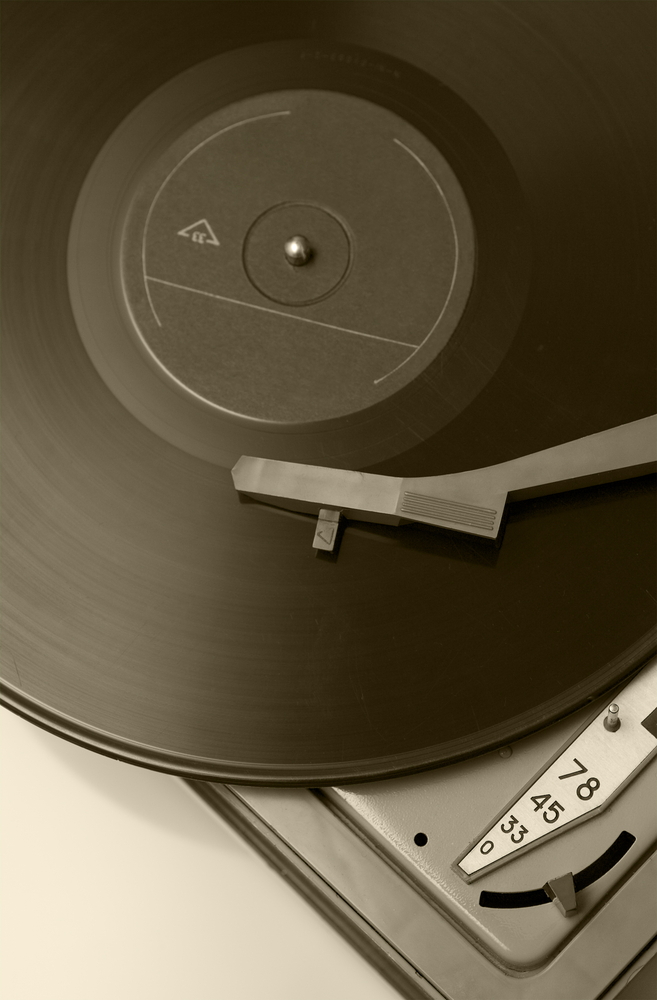 es about power law distribution – where all the of activity is not in the middle, like a bell-curve, but to one extreme. For those of you lucky enough to once own a turntable: think of the community as a vinyl record and the repeat offender as the scratch on your original copy of Exile on Main Street. One scratch can ruin an entire record.
es about power law distribution – where all the of activity is not in the middle, like a bell-curve, but to one extreme. For those of you lucky enough to once own a turntable: think of the community as a vinyl record and the repeat offender as the scratch on your original copy of Exile on Main Street. One scratch can ruin an entire record.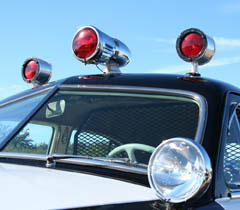 counsel. The prosecutor makes an offer which is higher than the standard sentencing guideline range. The prosecution model has identified Mick as a repeat offender regardless of the number of actual convictions.
counsel. The prosecutor makes an offer which is higher than the standard sentencing guideline range. The prosecution model has identified Mick as a repeat offender regardless of the number of actual convictions. generally include the following:
generally include the following: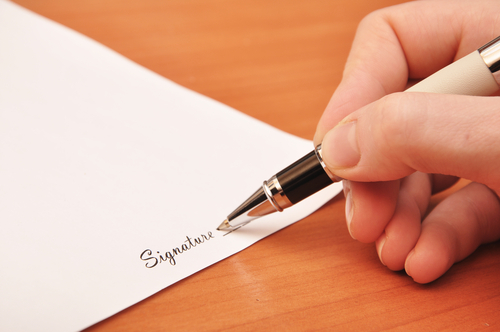 ment that you provided Upjohn warnings. Write each warning out on the acknowledgement. Remind the employee that you gave the Upjohn warnings
ment that you provided Upjohn warnings. Write each warning out on the acknowledgement. Remind the employee that you gave the Upjohn warnings 
